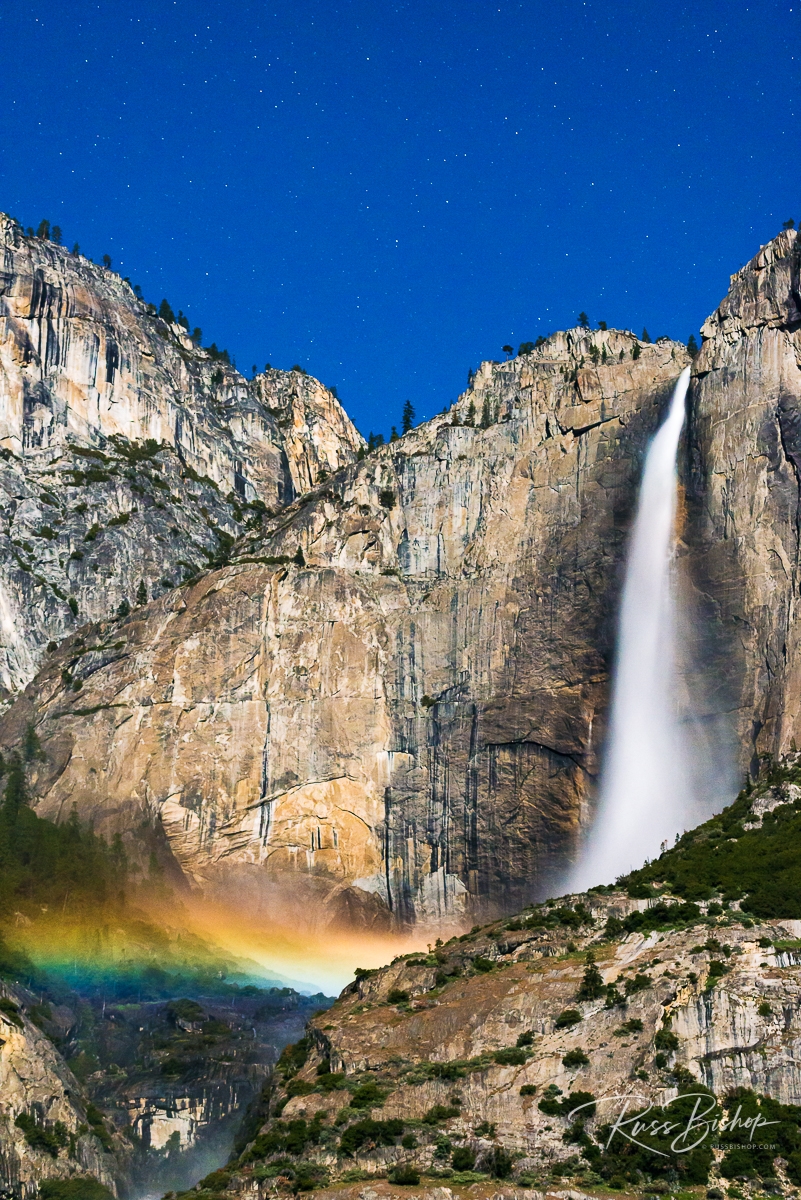
John Muir referred to the Sierra Nevada Mountains as the Range of Light, and it’s hard to imagine a more fitting moniker. The play of light amid the high peaks, the unique cloud formations along the eastern escarpment, and the painterly sunsets combine in a luminous landscape to stimulate the senses. And though I have many favorites in the range, one location seems to embody the spirit of these mountains like no other – Tuolumne Meadows.
Tuolumne Meadows, in the high country of Yosemite National Park, is a pristine alpine environment of glacial-polished domes, cascading streams and lush meadows under an indigo sky. At nearly 9,000 feet it also has a short summer season between snows with virtually no spring or fall, which makes an annual pilgrimage even more special.
Days here might be spent photographing the landscape, climbing the world-class granite, exploring miles of forest trail, or just lounging by a secluded spot along the river as Muir once did. However you experience Tuolumne, when the daylight fades it’s time to find a clearing in the meadow or scramble up a dome to reflect on the day and enjoy the show as the Sierra magic hour ushers in the night.
©Russ Bishop/All Rights Reserved


